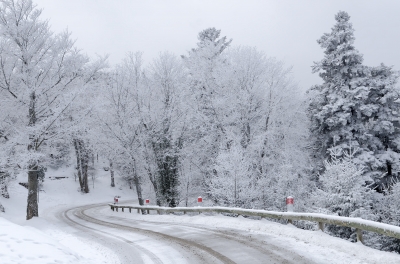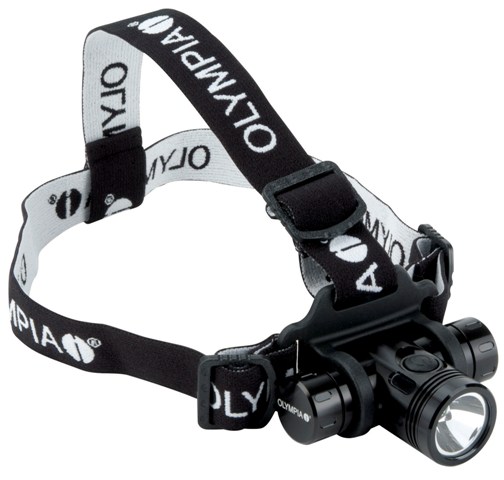
Winter Safety Tips

The following is a guest post in conjunction with one of this blog’s partners.
by Amber Brubaker
Though winter is famous for its beauty, it doesn’t hide the fact that it can be the most dangerous time of year. With roads and sidewalks freezing over and illnesses worsened and spread by the cold, keeping the whole family safe becomes a constant battle. But don’t let the fear of your family getting hurt or falling ill keep you from enjoying the season. All you have to do is prepare.
Safe Car Travel
The most dangerous form of transportation in the winter is car travel. With sudden blizzards and icy roads comes unfortunate crashes and injuries. Though you won’t be able to prevent every accident, there are some things you can do to be prepared for them.
Carry an emergency kit.—Just in case you find yourself stranded on the side of the road, make sure you’re prepared. You should at least have blankets, a first aid kit, and jumper cables.
Have your vehicle inspected for winter.—Don’t hit the roads until you’re sure your vehicle can handle it. Have a mechanic do a full inspection to make sure your tires, brakes, and battery are fit for winter conditions.
Know how to handle icy situations.—Get up to speed on the best ways to handle your car if you hit a patch of ice. Also, know what parts of road are more susceptible to icy patches, like bridges. Above all, be smart and always drive slow when the roads are questionable.
Accident-Free Outdoor Winter Recreation
Whether you’re walking to work every day or skiing for fun, do everything you can to avoid accidents with the proper planning.
Wear the appropriate gear.— Match your apparel to the activity. Wear plenty of layers, and if you’re prone to falling, wear boots with good traction when you go out. A simple fall on the ice can mean a broken bone or concussion.
Pack the essentials.—You’ll need a kit with all the essential supplies in case of an emergency, especially if you’re going somewhere without a lot of people. Consider packing an extra change of clothes, a blanket, a flashlight, extra water, energy bars or food packets, and a two-way radio.
Choose your locations wisely.—Before you go anywhere, know what the weather conditions are like there. If you are going to a mountain location, check for avalanche or winter storm warnings.
Preventing Common Winter Illnesses
A drop in temperatures always means cold and flu season. Though these illnesses are often mild, they aren’t fun. If you’re not careful they can develop into more serious health concerns, like pneumonia. Contrary to popular belief, your catching these illnesses is not inevitable. With a few steps, you can prevent these illnesses in your home.
Get a flu shot.—Though it won’t protect you from all flu viruses, it will protect you from the most deadly forms of the virus.
Disinfect your hands and surfaces often.—Have hand sanitizer nearby for easy access, and make sure you and your kids wash your hands whenever you return from an outing or before meals. Frequently disinfect surfaces that are often touched, such as door handles.
Get proper rest and good nutrition.—Going to bed on time and eating the right foods, including plenty of vitamin C found in fruits and vegetables, strengthens the immune system.
Dealing with Winter Mishaps
Despite everything you do to prevent illness and mishaps, you can’t prevent everything. When something happens, you need to be prepared to handle it. The way you treat an accident or illness is based on the symptoms you or your family report, as shown in the examples below.
Examples of mishaps you can treat at home—cold and flu symptoms that last 3 days or less, mild sprains, shallow cuts and bruises
Examples of when you should see your family doctor—cold and flu symptoms with no improvement after 3 days, white spots on swollen tonsils, a fever of more than 101 degrees Fahrenheit
Examples of when you should go to the ER—a sudden injury from a fall that results in swelling and an inability to support weight, hitting your head very hard, a fever of more than 103 degrees Fahrenheit that has lasted more than 3 days.
Examples of when you should go to an orthopaedic surgeon—chronic joint pain worsened by the cold, an injury that requires physical therapy, an injury from a sport, chronic headaches.
As you fight the daily threat of illness and injury in the winter, take these steps into account. A little perseverance on your part may make all the difference, and when accidents or illnesses occur, get the proper help before the issue gets worse.
*o* *o* *o*






















